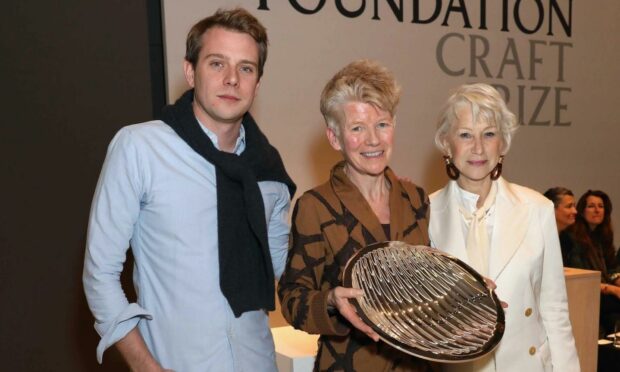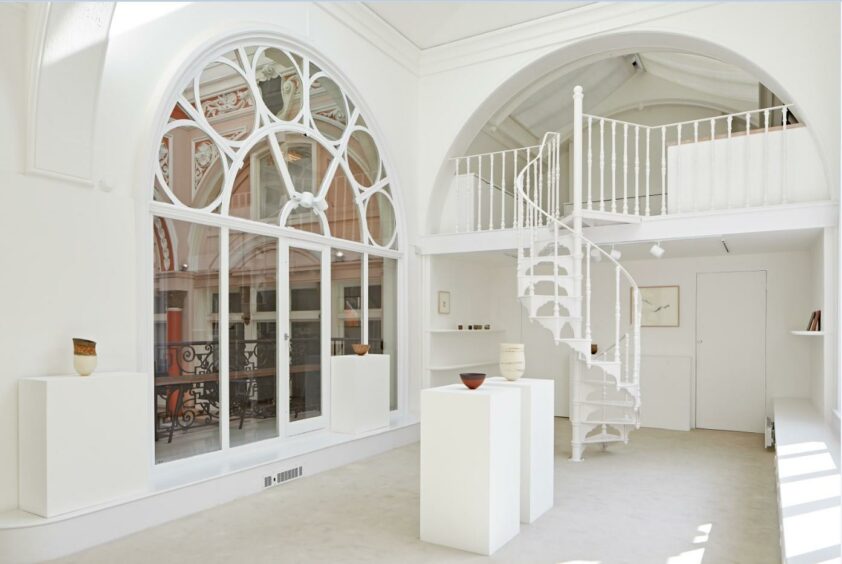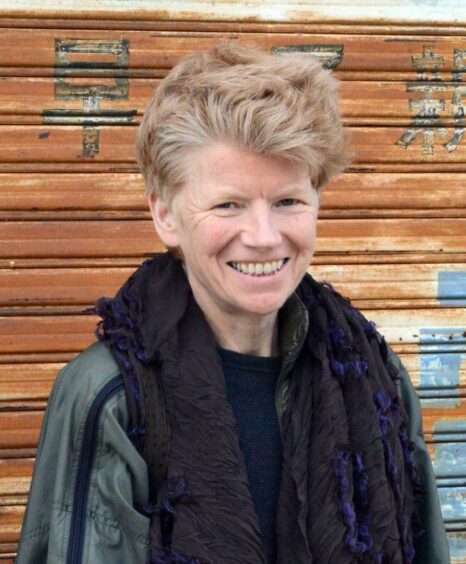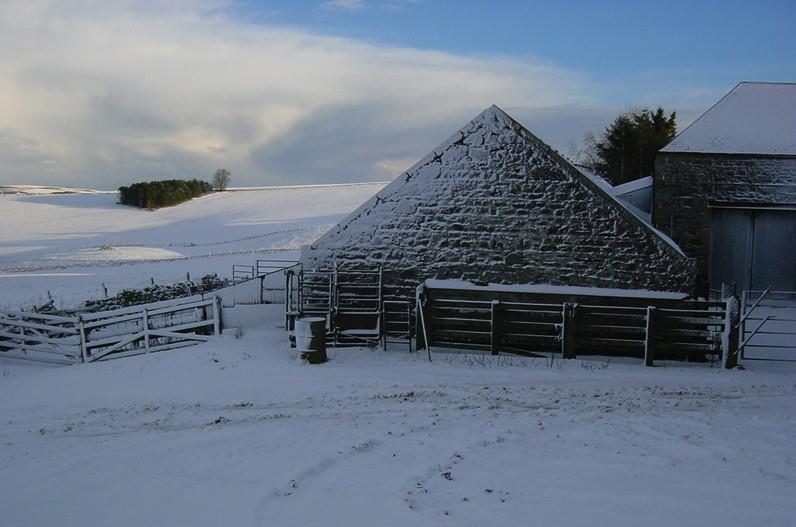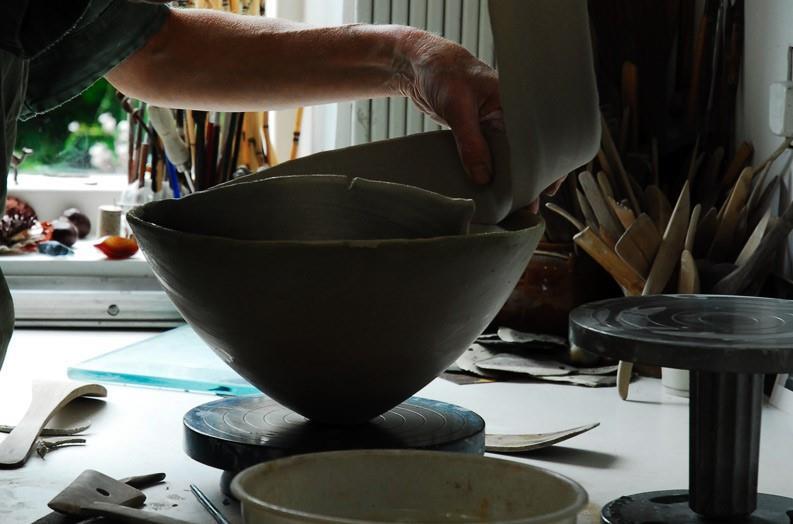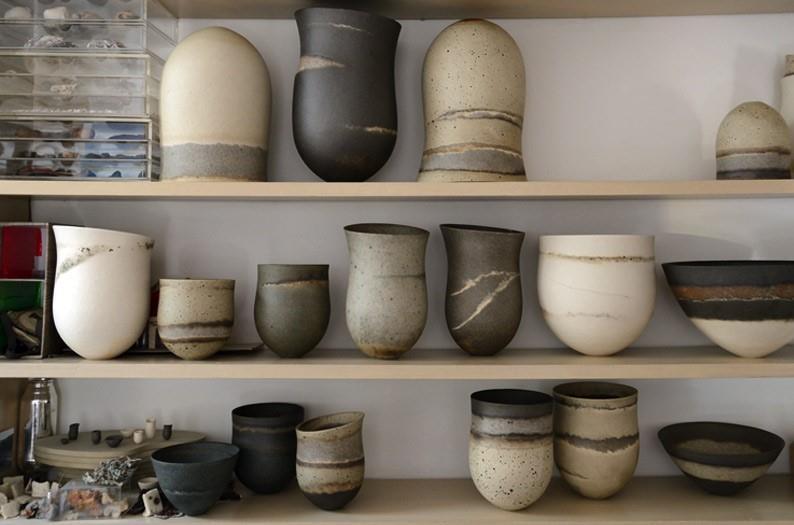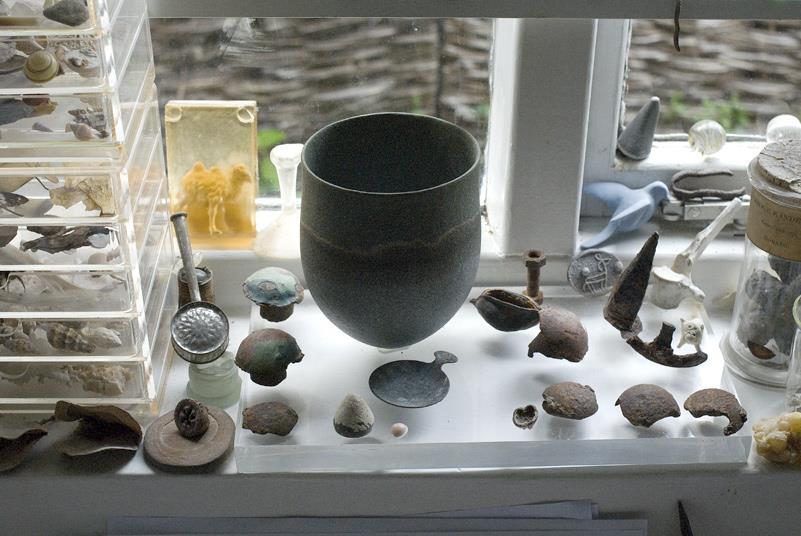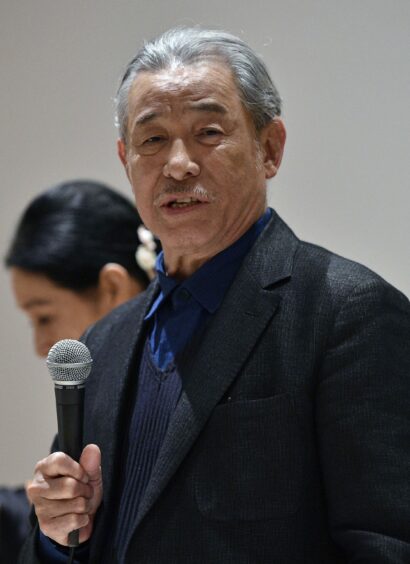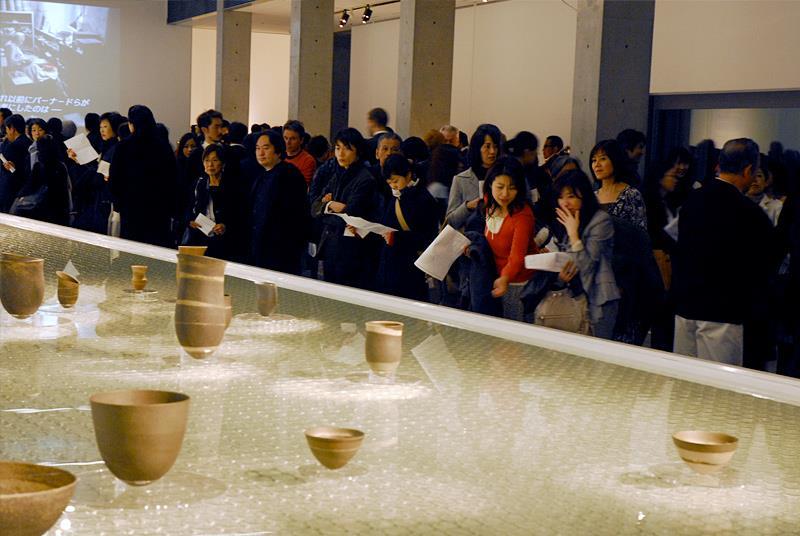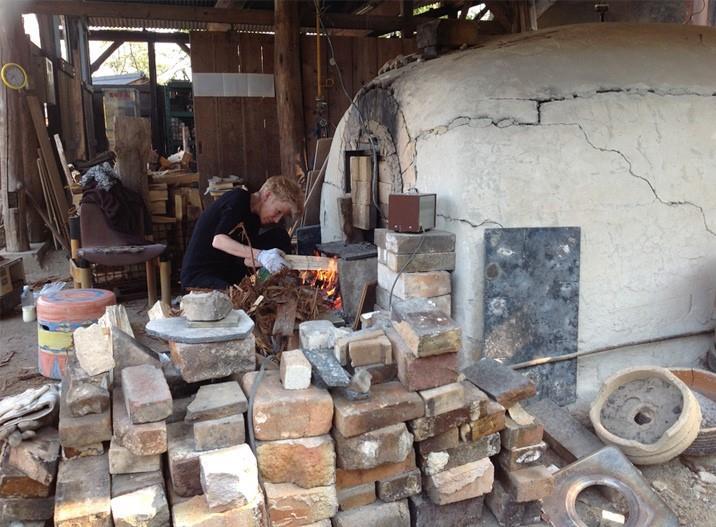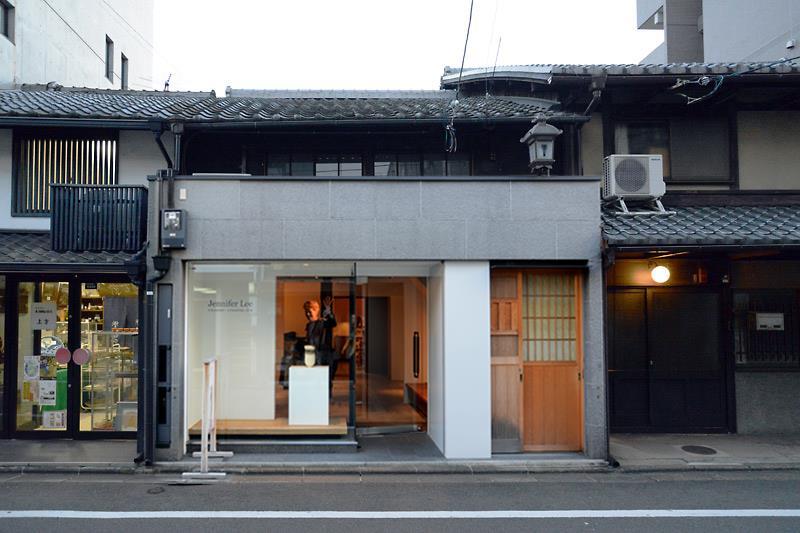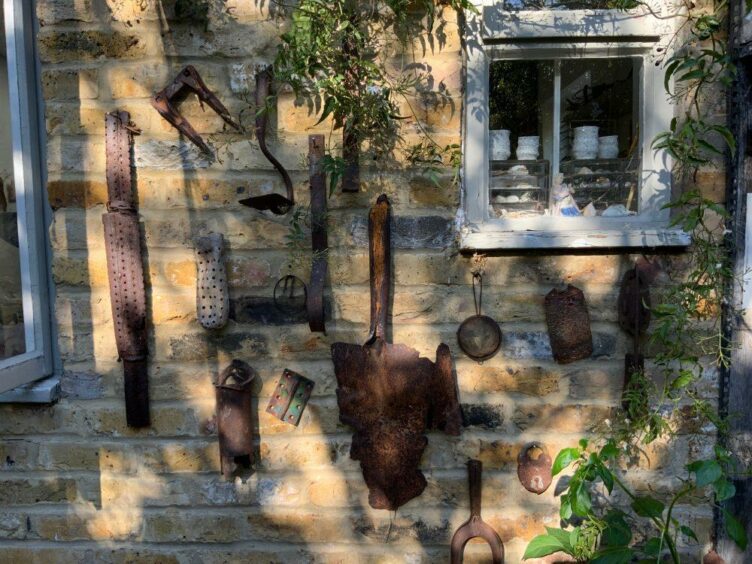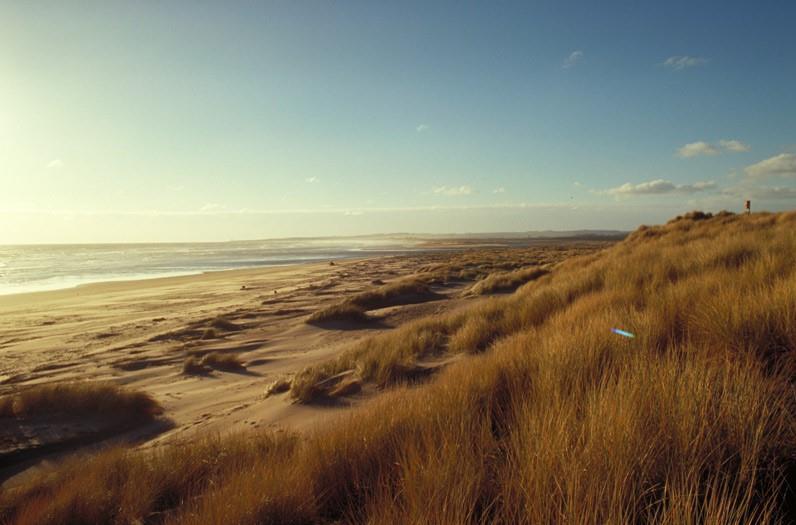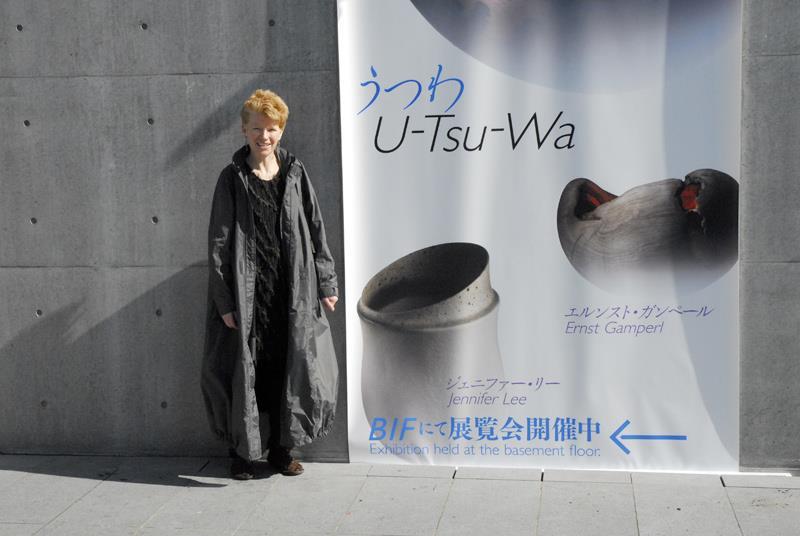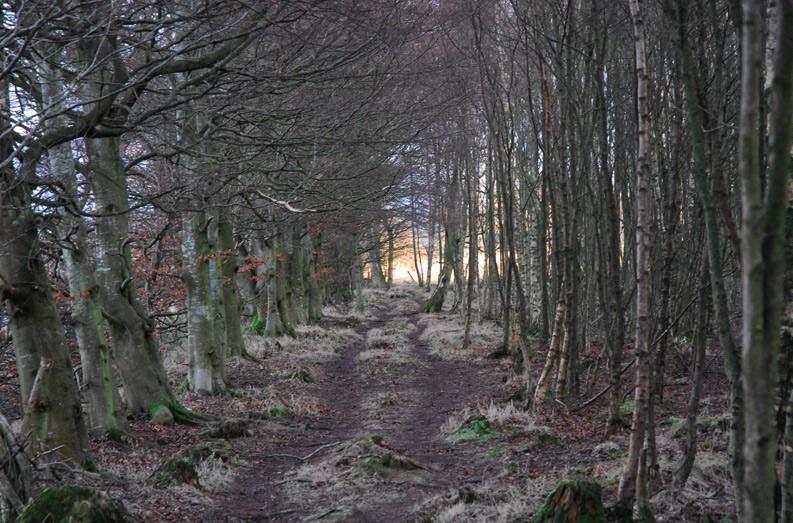From her rural roots on a Methlick farm, Jennifer Lee has grown into one of the finest ceramic artists around, achieving critical acclaim and a client list that includes the likes of renowned designer Issey Miyake and the Victoria & Albert Museum.
Her unique designs and elegant pottery forms eventually earned her the Order of the British Empire (OBE) in 2021 for services to ceramics, with other career high points including receiving the Loewe Craft Prize from Dame Helen Mirren in 2018, and even words of praise from Sir David Attenborough.
Although now based in Peckham in London, Jennifer Lee‘s upbringing on an Aberdeenshire farm still brings her back to the north-east regularly.
I still feel connected to my upbringing on the farm”
“My father was a farmer,” says Jennifer. “I was brought up on a farm in Aberdeenshire – my mother still lives on the farm and my brother farms it now.
“I also used to go out a lot on the farm with Dad as a child and help with the lambing or whatever it might be, and I still love walking on the hill.”
She adds: “The whole of farming was just my childhood. It’s hugely important to my work, as it was to me as a person. I feel very deeply rooted in Aberdeenshire.
“It’s still a part of my life and because of that I still feel connected to my upbringing on the farm.”
Jennifer’s move into ceramic art was more by chance than design. She said: “It was that classic thing that you suddenly have to choose something to do and so I started doing a course in Aberdeen in physiotherapy. I loved the anatomical drawing and looking at things in detail.
“I’ve always loved making things, I’ve always liked doing things with my hands. In fact, my mother made all of her own clothes – and often for us – when we were young.”
Traditional techniques
Jennifer eventually got her portfolio together and attended Edinburgh College of Art in 1975 where she studied ceramics and tapestry.
“Like so many people, I was ready to move away, ready to do something else,” she says.
Her work evolved further when she attended the Royal College of Art in London (1980-83) during a period where pottery was emerging from functional to artistic.
Starting with press moulds (pressing the clay into a plaster mould) Jennifer eventually changed to the “pinch and coil” technique, where the clay pots are hand built, and, in Japan, using a wheel. A large piece (30cm high) takes around a month to make.
“I’m using the most ancient, traditional techniques of hand building. They go back thousands of years. I’m using basic elemental materials – just clay, water and fire,” she says.
Jennifer then adds oxides, which colour the clay, “so that the clay and colour is totally integrated: basically the inside and outside echo each other”.
Words of praise and international recognition
With her inspirations taking her to Egypt, India, Australia, the US and across Europe, Jennifer’s work eventually went on show in major public collections.
These included none other than The Metropolitan Museum of Art in New York, The Philadelphia Museum of Art and Los Angeles County Museum.
In 2018 the Victoria & Albert Museum purchased a fourth ceramic work and a drawing for their collections.
Taking on the Japanese art market
It was such an honour for a Scottish person – or a British person – to be showing in Japan. Ceramics is so highly revered there.”
Her pottery designs also caught the eye of Sir David Attenborough (“The quiet elegance of her pots never fails to make an impact on viewers”) and Japanese designer Issey Miyake.
“He and David Attenborough are my two geniuses,” says Jennifer.
On meeting Miyake she says: “We were asked to do a photo shoot for a portfolio by Lord Snowdon, Permanente 1990. My husband and I are were asked to wear his clothes, which was like a dream.
“I then got a letter from 21_21 Design Sight, which is part of the museum in Tokyo, Issey Miyake’s design museum foundation, asking if I would take part in a show in 2009.
“It was such an honour for a Scottish person – or a British person – to be showing in Japan. Ceramics is so highly revered there.”
The installation was a resounding success and in 2014, 2015 and 2018 Jennifer returned to Japan as an artist in residence at Shigaraki Ceramic Culture Park, and artist in residence at Mashiko Museum of Ceramic Art in 2019.
In 2018, she received further recognition when she was awarded the Loewe Craft Prize from Dame Helen Mirren at The Design Museum in London.
“She was in tears,” Jennifer recalls. “She was just so moved by the whole idea that everyone had made this stuff. I think I was almost in tears as well.
“It was a fleeting moment, but she was great and she walked round the exhibition beforehand. She spoke to all of us and was absolutely charming.
“I’m just lucky to be able to do it every day, that I am allowed to do what I want to do. That other people get something from it is so rewarding. I do feel blessed.”
Jennifer’s 2022 plans include a solo exhibition in Kyoto and a collaboration with Highland Stoneware.
But her studio set-up with agricultural implements and scrap metal from home reveals that her farming background continues to have a powerful hold on her work.
“Trying to make something that has resonance is very important. When people look at my work they talk about landscape, or the skies or lots of things,” she says. “But it’s probably the atmosphere that stays with me.
“I don’t think about inspiration. Nothing is direct. It’s to do with the actual thought process. It’s so deeply embedded in me, Aberdeenshire.”
Despite the critical acclaim, international exhibits and worldwide travel, Jennifer’s feet remain firmly on the ground – and her heart in the shire.
“Because of the nature of my work there’s a link to the landscapes. We all bring our thoughts and memories, and it’s what we know. The roots stay deep.”
To find out more about Jennifer and her work go to jenniferlee.co.uk
